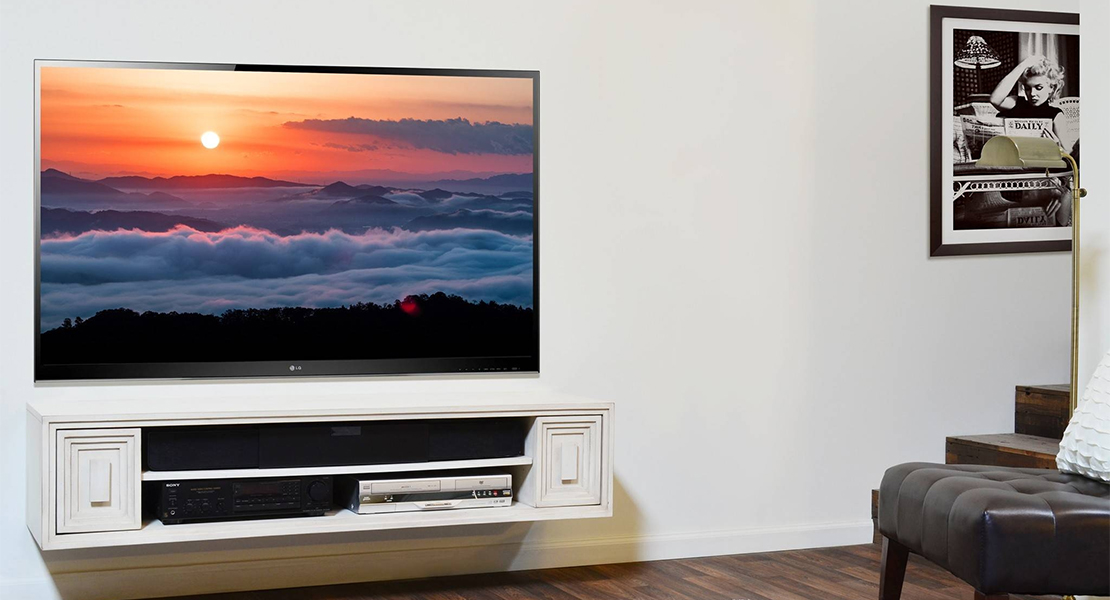VESA 75 Wall Mount Solutions for Optimal Display Setup in Your Home or Office Environment
VESA 75 Wall Mount Solutions for Optimal Display Setup in Your Home or Office Environment
Understanding VESA 75 Wall Mount A Comprehensive Guide
In our increasingly digital world, the way we display our screens has transformed significantly. Whether for home entertainment, professional use, or gaming, proper screen mounting can enhance aesthetics, save space, and improve ergonomics. One popular option is the VESA 75 wall mount, which adheres to specific standards set by the Video Electronics Standards Association (VESA). This article will delve into the VESA 75 standard, its benefits, and the considerations involved in selecting the appropriate wall mount for your needs.
What is VESA 75?
VESA defines a series of mounting standards to ensure compatibility between monitors, TVs, and wall mounts. The 75 in VESA 75 signifies that the mounting holes on the back of the display are spaced 75 mm apart, both horizontally and vertically. This standard is commonly found in small to medium-sized screens, typically measuring between 15 to 27 inches diagonally.
VESA mounting options are categorized based on the size and spacing of the mounting holes, with VESA 75 being one of the smaller options alongside other configurations like VESA 100 and VESA 200. It is crucial to check your display's specifications to determine the correct VESA standard, as using the wrong mount can lead to compatibility issues.
Advantages of VESA 75 Wall Mounts
1. Space Efficiency One of the primary benefits of wall mounting your monitor is the ability to free up valuable desk space. A wall-mounted setup lends to a cleaner and more organized environment, which can boost productivity and comfort.
2. Improved Ergonomics Positioning your screen at eye level is crucial for reducing neck and eye strain, especially during prolonged use. VESA 75 wall mounts often come with adjustable features that enable users to tilt, swivel, or height-adjust the monitor, thus enhancing viewing comfort.
3. Aesthetic Appeal Wall-mounted screens create a sleek, modern look that can elevate the overall design of a room. It reduces clutter while ensuring that technology seamlessly integrates into your space.
vesa 75 wall mount

4. Enhanced Screen Stability A well-installed wall mount provides a stable base for your monitor, reducing the risk of accidental tipping over, particularly in households with pets or children.
Considerations When Choosing a VESA 75 Wall Mount
While the advantages of a VESA 75 wall mount are compelling, several factors must be considered during selection
1. Weight Capacity Different wall mounts have varying weight limits. Always check the specifications of both your monitor and the wall mount to ensure the latter can support the weight of the display.
2. Mounting Type There are several styles of wall mounts, including fixed, tilting, and full-motion mounts. Fixed mounts securely hold the monitor in one place, whereas tilting mounts allow for angle adjustments. Full-motion mounts provide the most flexibility, allowing users to extend, retract, and pivot the screen as needed.
3. Wall Type The type of wall where you intend to mount the monitor is crucial. Ensure that you have the right tools, such as wall anchors or studs, to secure the mount properly. Some mounts are best suited for drywall, while others may require concrete or brick walls.
4. Installation If you’re not comfortable with DIY projects, consider hiring a professional for installation. Proper mounting is essential to ensure safety and optimal performance.
Conclusion
The VESA 75 wall mount is a practical solution for anyone looking to enhance their display setup. By offering space-saving opportunities, improved ergonomics, and a modern aesthetic, it caters to the diverse needs of users. However, it is essential to consider factors such as weight capacity, mounting type, wall type, and installation requirements before making a decision. As technology continues to evolve, adapting our surroundings to fit our devices not only boosts functionality but also enriches our daily experiences.
-
Premium TV Wall Mount Dubai - Secure, Sleek & Versatile Brackets for Every Wall TypeNewsJun.10,2025
-
Swing Arm Mount for Flat Screen TV – Full Motion Wall Mount for 32-55" TVs, Space-Saving & Easy InstallNewsJun.10,2025
-
Universal Toshiba TV Wall Mount for 32/42/55 Inch ModelsNewsJun.10,2025
-
Premium TV Mounts Suppliers & Factories Top Quality SolutionsNewsJun.10,2025
-
80 TV Wall Mount Bracket - Heavy Duty & AdjustableNewsJun.10,2025
-
Vizio 19 Inch TV Wall Mount Secure Adjustable InstallationNewsJun.09,2025
